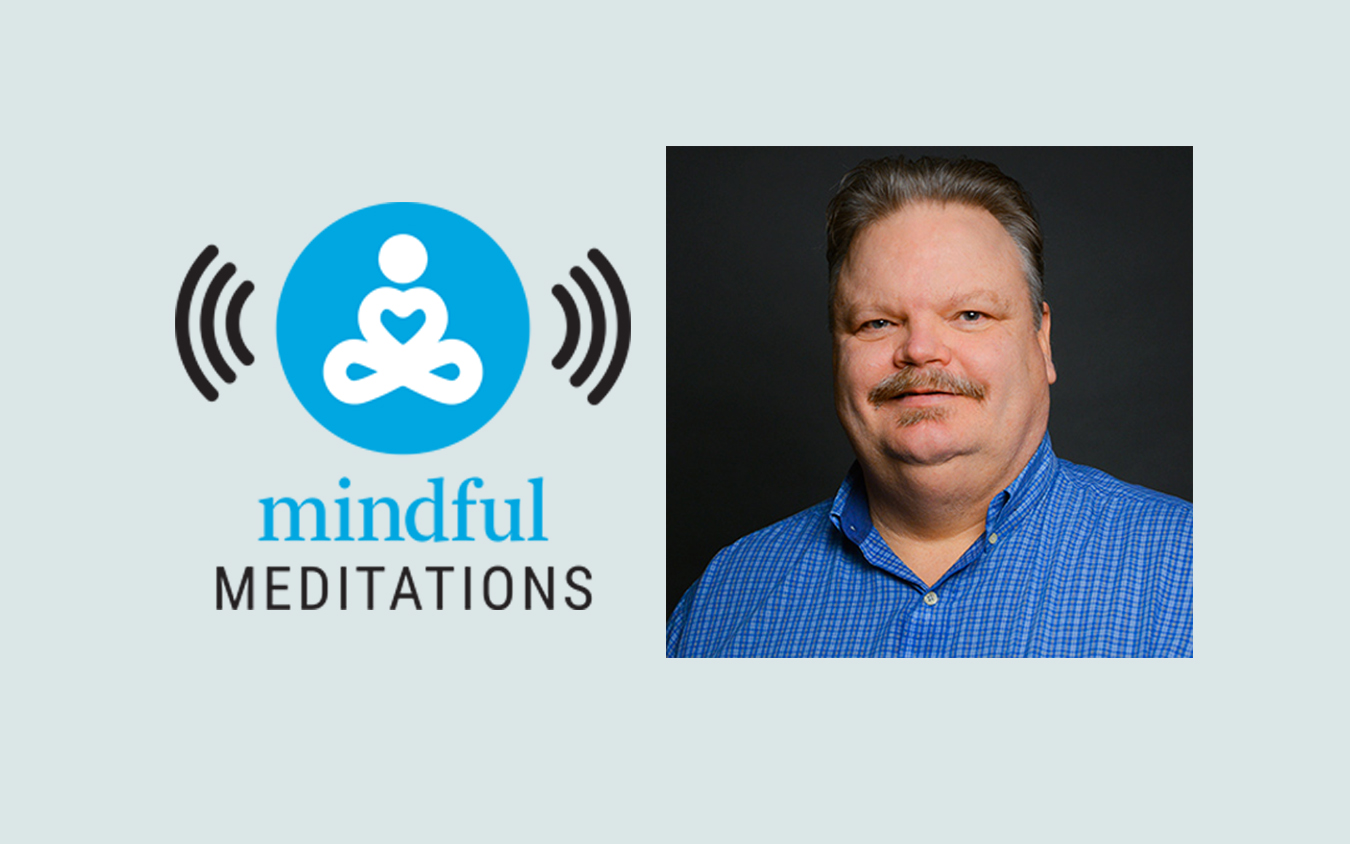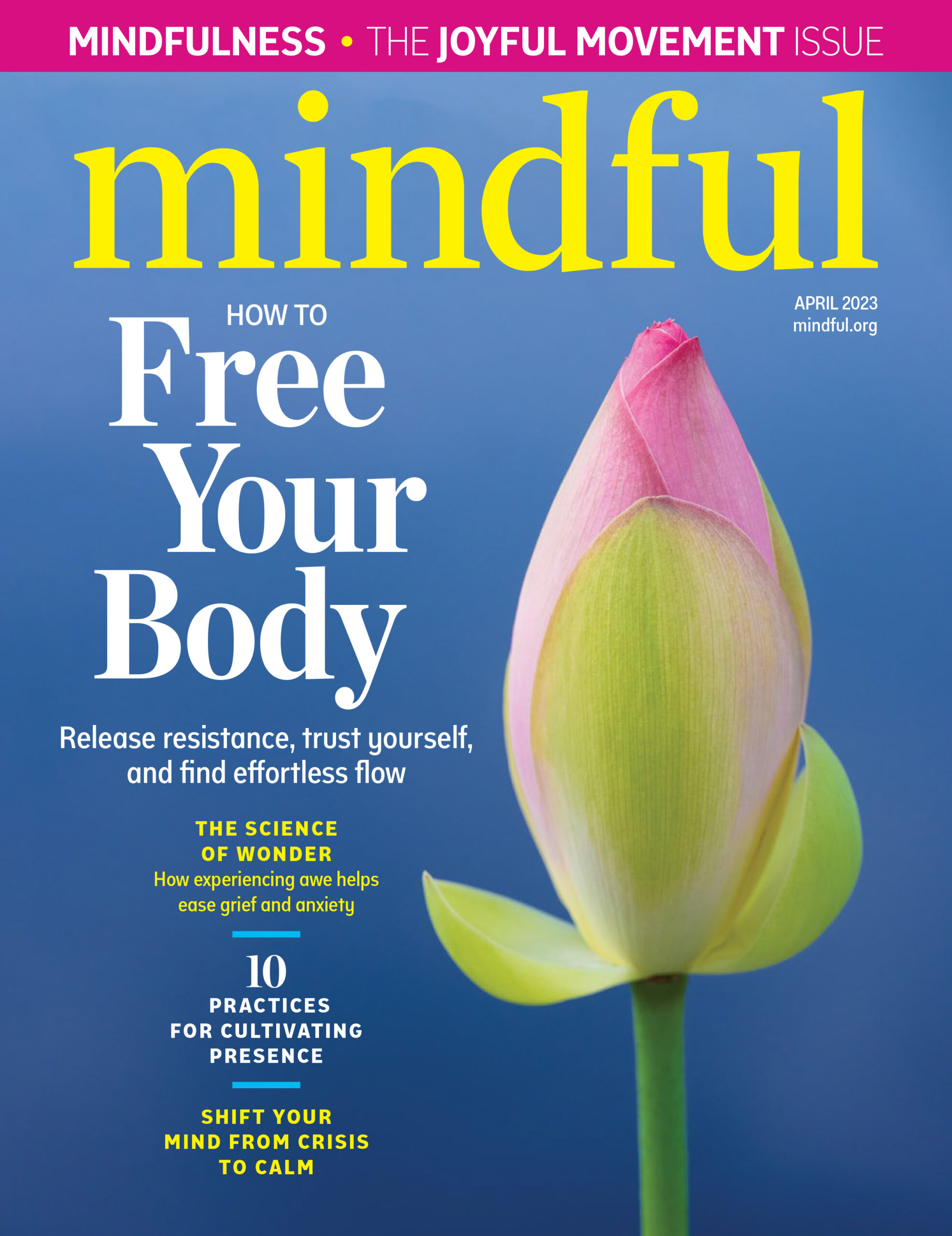As a recap: our brains learn through a process that has three components: trigger, behavior, reward. There’s a trigger (perhaps stress) that moves you to behave in a certain way (maybe leaving your desk at work and going out for a cigarette); and there’s a result or reward (having that cigarette gets the initial feelings of stress to drop a bit for a short period of time). According to the brain, that’s a successful pattern that deserves to be repeated.
Since last session, did you discover any habit loops in your life? If you didn’t get an opportunity to practice, you could pause right now to see if you can identify one or two habit loops in your own experience.
This session we’re examining habit loops with regards to food in particular. And eating is an extremely interesting example. That’s because the habit-loop structure of getting hungry, finding food, and testing and eating that food, is designed to do something else: to aid us in locating that food again.
Imagine being out in a wilderness: when hungry and looking for food in that sort of environment, our brains aim to record our successes because we need to eat to stay alive. We spot some bright berries (trigger); we bring that food to our mouths to test it—we eat a berry or two (behavior); and if we find that the berries don’t harm us, but instead provide us fuel in the form of calories and even taste good, we’ve set the groundwork for the habit loop that will propel us to eat those berries again whenever we find them (a reward that encourages us to not only look for that food again, but gather and store it or eat it whenever we do). Essentially, the stomach has sent a dopamine signal to the brain that says, “Remember what you ate and where you found it.”
But most of us do not live in a wilderness anymore—unless you count coffee shops on every corner, copious numbers of fast-food joints, restaurants, and grocery stores as a new kind of wilderness. Point being, our brains don’t necessarily need this reward-based learning system to help us remember where food is anymore. In fact, though, that system is still at play—only now it operates with other types of triggers and foods. For example, if we get into the habit of reaching for ice cream every time we get stressed out, our brain starts to learn to eat when we’re stressed. Because when we do, like the person who smokes, we feel some stress relief (albeit brief) while we’re digging into that container of vanilla bean gelato.
And triggers don’t always need to be bad to set up the potential for a habit loop to form. Maybe, like so many of us, you associate food with celebrations, whether it’s a birthday, Thanksgiving or another holiday: it’s easy to begin to associate fun social times with the array of food we get to enjoy.
Regardless, whether it’s celebratory, stress-based or even boredom or sadness that triggers us to eat, once our brains make a habit loop that includes eating food as a go-to behavior in response to a particular trigger, and when eating makes us feel a little bit better in the moment, our brains set the tracks: “That was good; I feel a bit better; let’s do it again.” And so we do.
So this is the focus of our practice: any types of habits we may have formed around eating. Let’s begin.
Rewire Your Food Cravings and Triggers
Watch the video:
Rewire Your Food Cravings and Triggers
- Get settled into a comfortable position, whether sitting, standing or lying down
. Just like we did last week, anchor your awareness in your body—in the breath and the body, in your direct experiencein the moment What do these physical sensations feel like? Introduce some curiosity. And go ahead and think of this as anchoring: that aware connection will serve as the point that will keep your boat from floating off. If your attention drifts away, that anchor catches so that you can come back. This helps to orient us around our mind—because if our mind is drifting off this way or that, it’s very difficult to identify, observe and map out our habit loops. We need that steady awareness, too, to map the different types of rewards that we get from those habits. Let’s focus on what’s actually happening for us in the first part of the equation: trigger and behavior. - Bring to mind your favorite food. Resting in awareness in the breath and body, now simply bring to mind your favorite comfort food. You may imagine what it smells and tastes like. Take it further: what are the qualities of the sensations of that food on your tongue, in your mouth? Is it cool? Soft and delicate? Crunchy? Spend some time with these sensations.
- Notice the type of reaction that your body has simply by bringing up the memory of this food. What are you experiencing in your body? Maybe you notice you now have a craving for that food, even if you’ve just eaten, even if you’re not hungry at all. If you do find yourself in the midst of a craving, what does that feel like in your body and mind? Are there physical sensations associated with it? Invite curiosity into this.
- Try to notice any changes to the sensations associated with your craving. Is there a predominant sensation in your body right now? Are you finding tightness? Does that tightness change? Is there a sensation of heat? Does that heat move? Are you noticing any other sensations? And what happens as you bring your awareness fully to those sensations?
- Come back to the breath. Gently bring your attention away from your craving, and simply bring your awareness back to your body or your breath.
Perhaps you noticed that simply bringing a memory of a food item to mind can arouse cravings. I’m hoping you noticed something else, too: that bringing awareness to the craving itself can change our relationship to it—we can be with that craving rather than be caught up in it. We can feel the trigger and pause before the behavior. If we are caught up in a craving it’s just like being on autopilot. But if we’re aware of that craving, we’re in the driver’s seat, in first gear.
Try to notice any types of food cravings you have. And when they strike, try to drop into your body, even if it’s just for a few moments. The goal here is to really explore what that craving feels like in your body and mind. Then bring your awareness to whether or not that craving changes from moment to moment to moment.
You might go ahead and eat the food you have in mind, and you might not. But simply start by exploring, getting comfortable and really familiar with what that craving feels like. Take a good, long, curious look at the beginning of that habit loop: from trigger to the urge to act to just before you act, and then whether you act or not. Notice that behavior and then the results of whatever that behavior is.
Explore session #3
Unhook From Your Phone Addiction
Our phones are masterfully designed weapons of mass distraction, and it’s so easy to get sucked into that distraction—Here’s how we can regain control of our attention.
Read More
More Mini-Courses
Introduction to Mindfulness Meditation with Barry Boyce
In this 2-part series, Barry Boyce will explore how to cultivate your attention with simple mindfulness practices.
Read More



